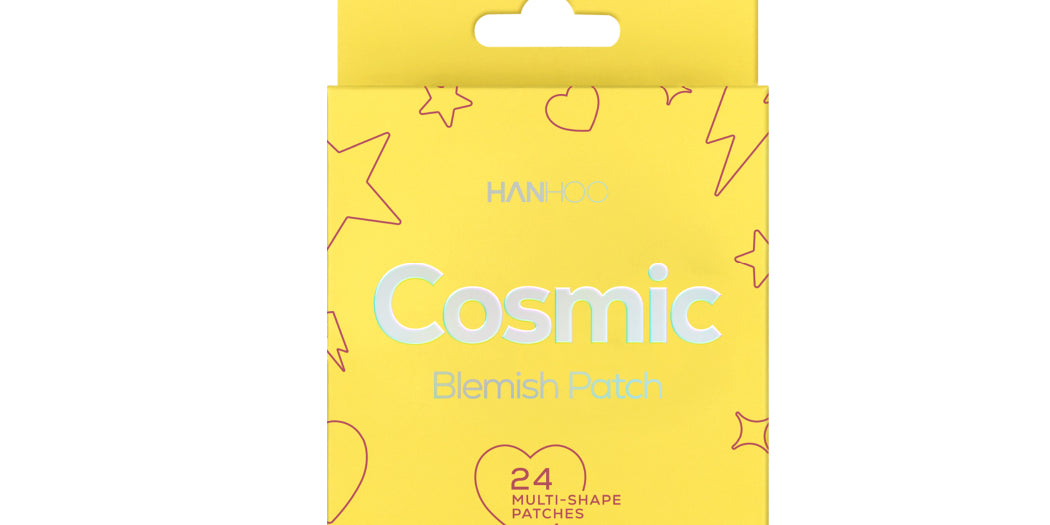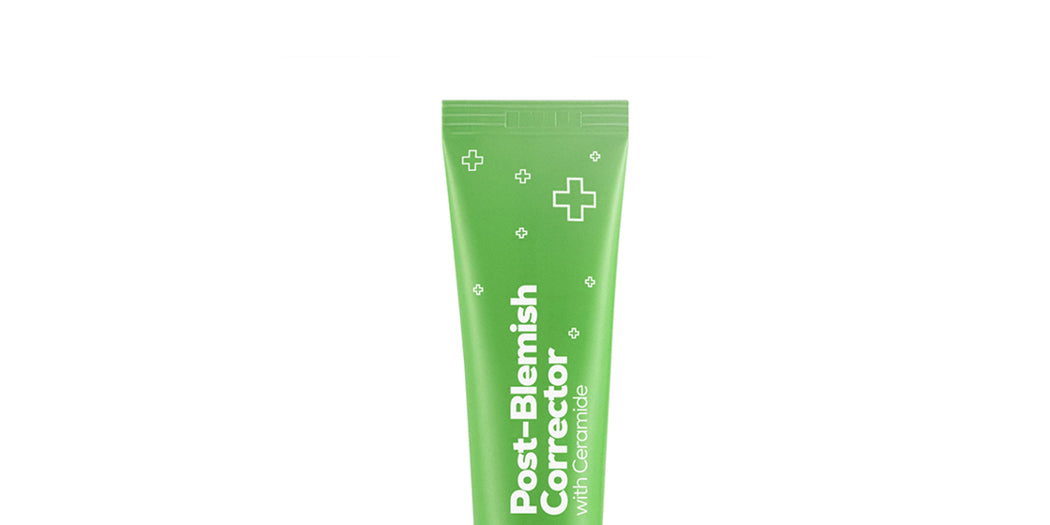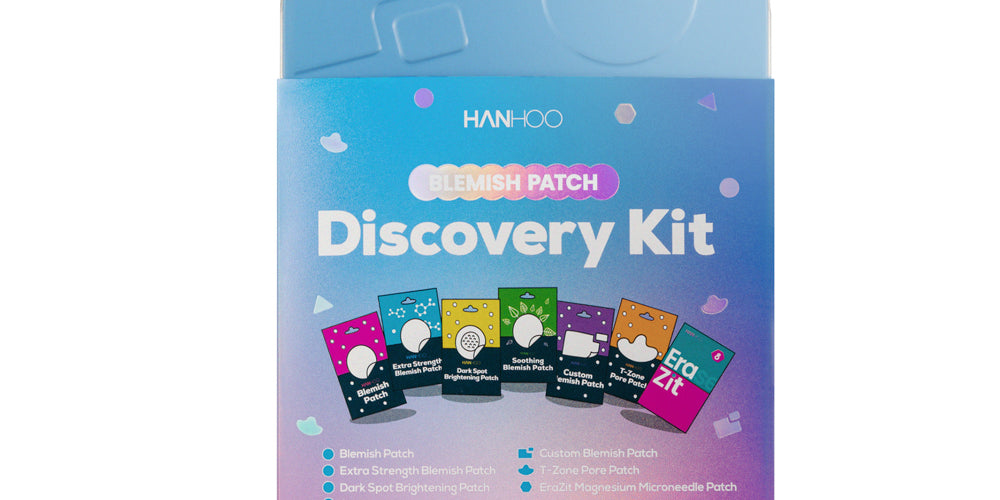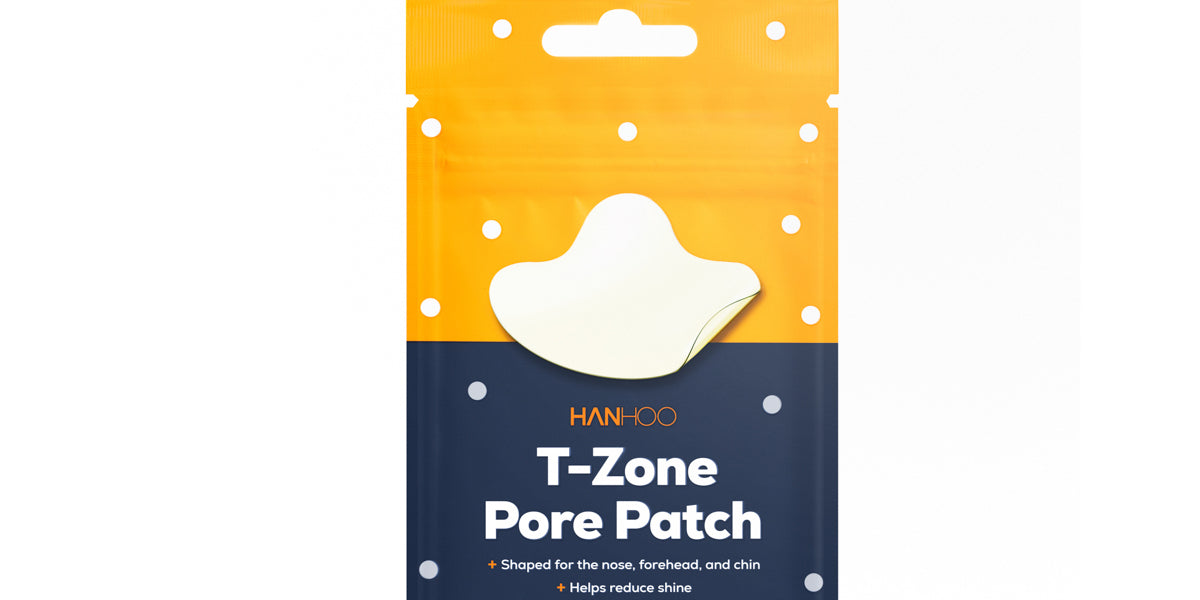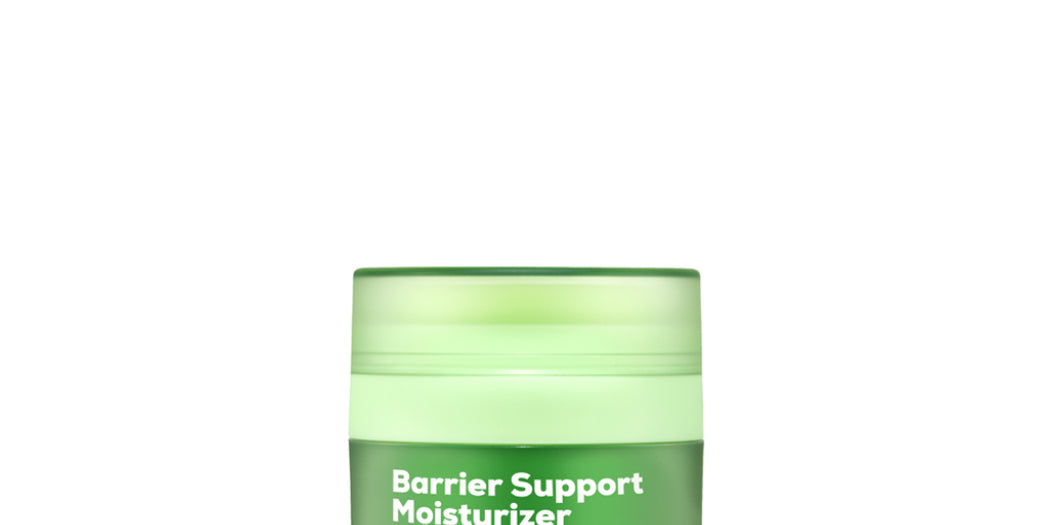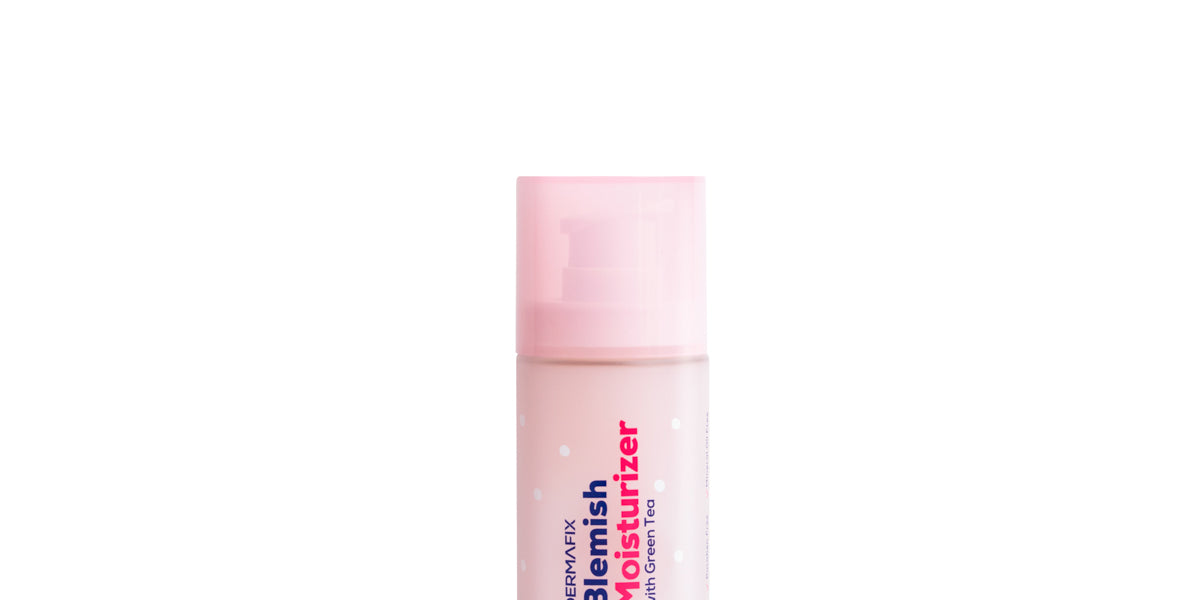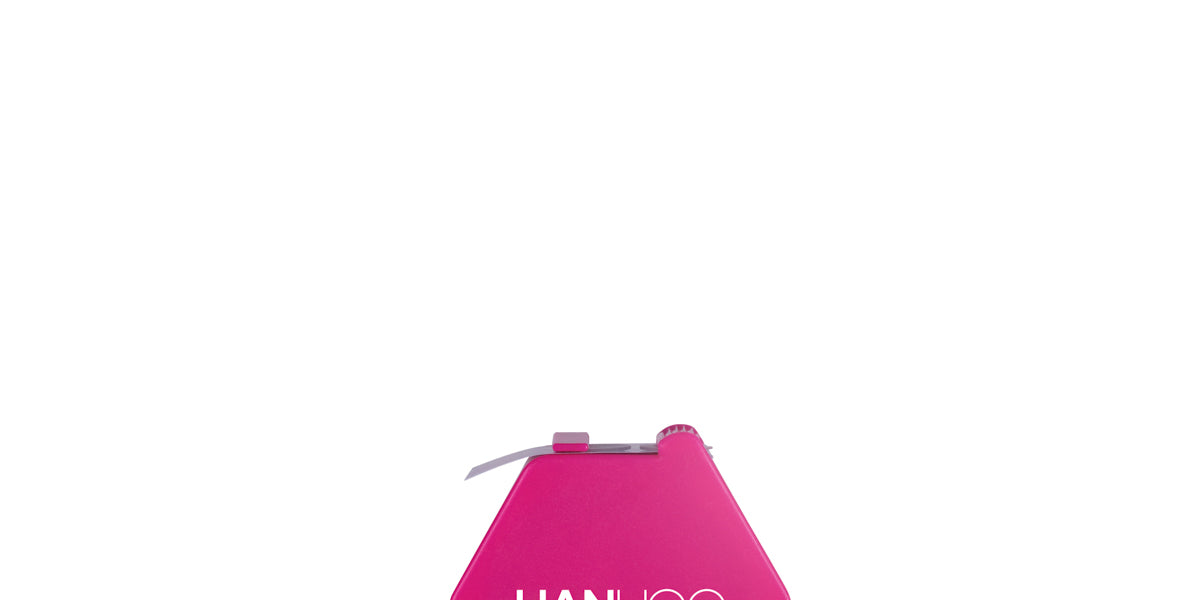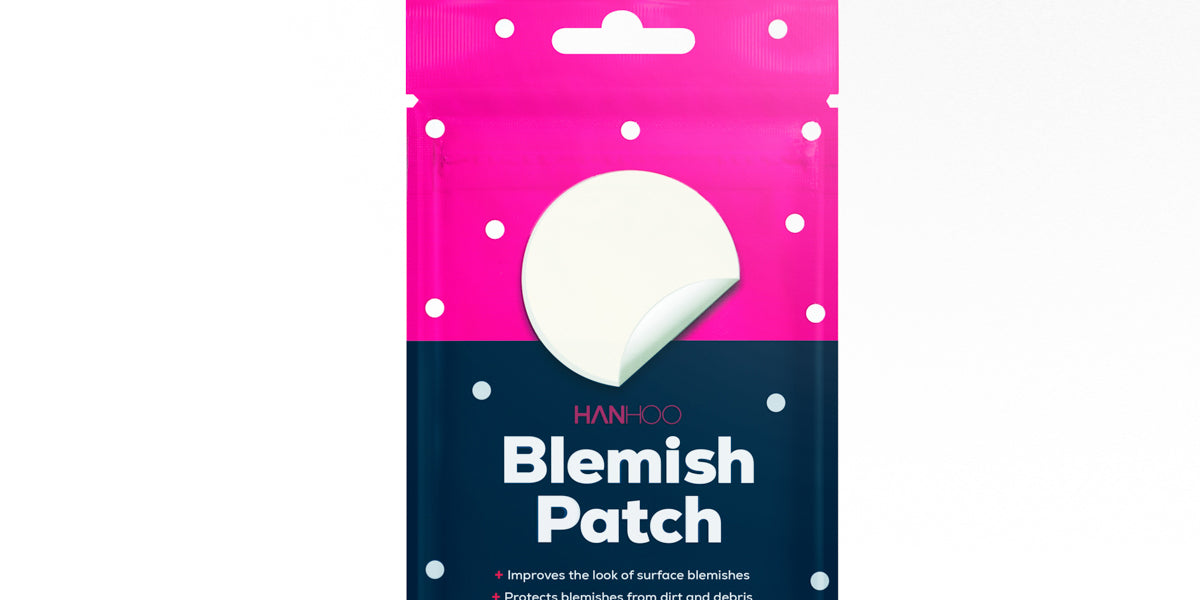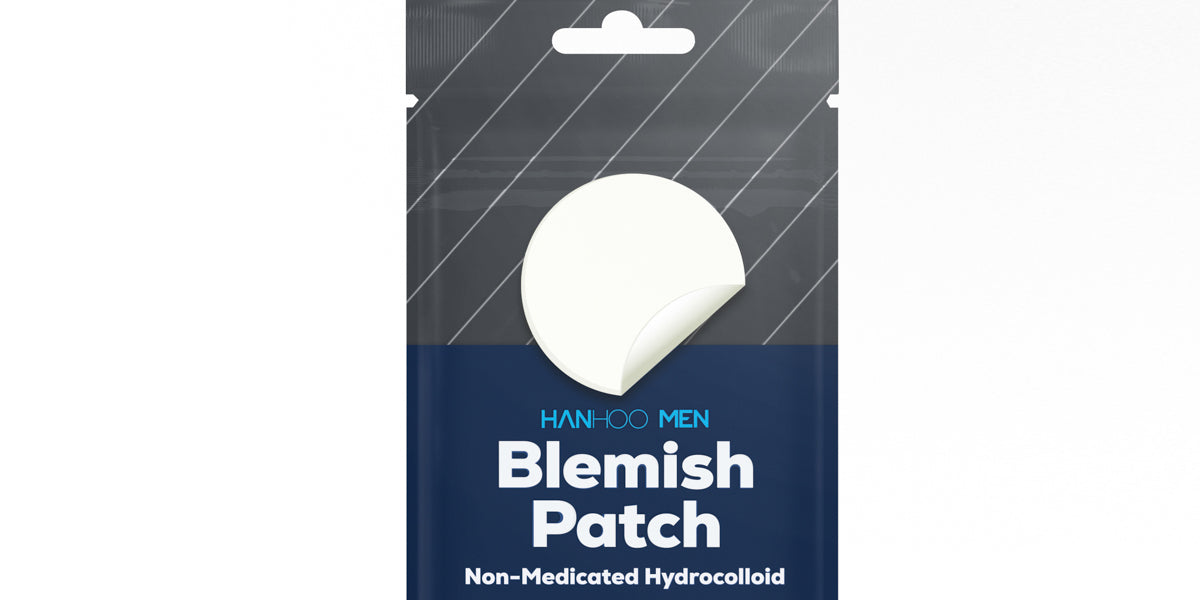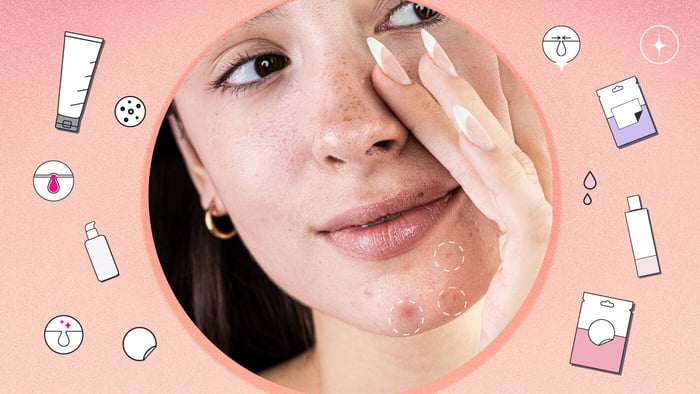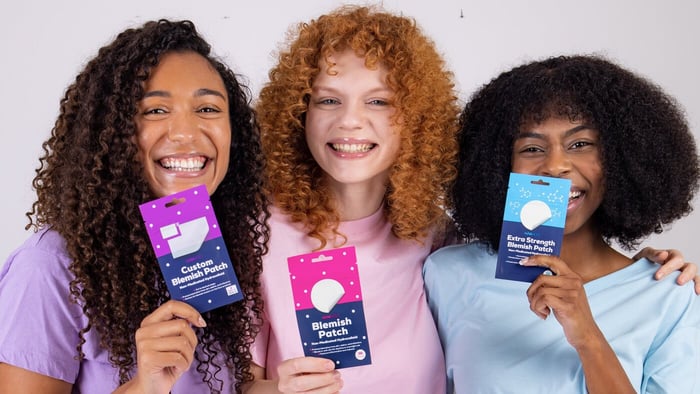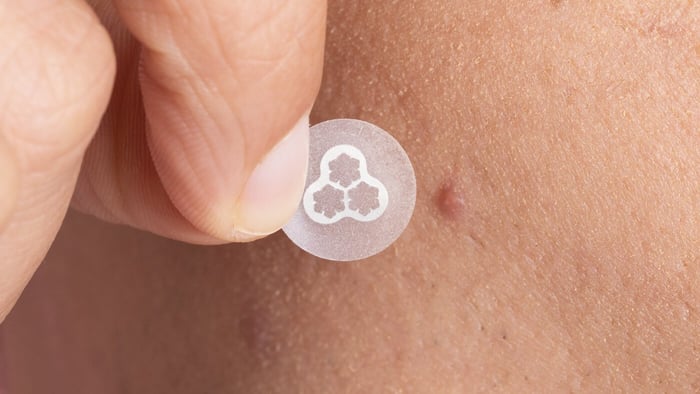While it sometimes seems like a pimple has popped up overnight, it’s likely been forming over a couple of weeks. You just didn’t notice it before it finally became a whitehead or some other type of pimple.
Sometimes though, you may catch the newly forming pimple as it is in its early stages. Typically, it'll look like a small, reddish bump before it becomes a full fledged pimple.
You might be tempted to pick at this baby pimple but, trying to pop a pimple at this stage can only make things worse. For one, if there’s no gunk visible at the surface of the skin, it’s likely that nothing will come out. And, you only end up worsening the inflammation by picking at the spot.
But, there are some steps you can take along each stage of the blemish to help the pimple heal a bit faster.
The stages of a new pimple
Early stage:
Since whitehead pimples don’t just sprout out of nowhere, you can clock an early stage pimple by its appearance as a small, red bump that may sometimes feel a bit itchy or tender to the touch. At this stage, it’s kind of just like a baby pimple with no visible pus at the surface of the skin (at least not yet).
While there may not be any gunk at the surface of the pimple just yet, you can still patch up the spot to prevent anything else from getting into the pimple. For example, if you tend to touch your face a lot, you run the chance of spreading bacteria to your skin that can aggravate a pimple.
So, at this early stage of the pimple, you can apply our original Blemish Patch. The Blemish Patch can help curb finger-picking and keep out dirt and bacteria. Or if you are dealing with a little cluster of breakouts, then you can apply our Custom Blemish Patch. Just cut and shape the patch to best cover the cluster of pimples.
Middle stage:
If the gunk trapped in the pore does surface, you’ll be left with a whitehead. At this stage of the pimple, it may be pretty tempting to try to pop the spot since it looks pretty easy to pop. While it’s not the worst thing to do, it is best to avoid popping pimples so you aren’t left with scarring once the spot has healed.
At this stage, you can still apply our original Blemish Patch to help get the gunk out of the pimple, but if you are dealing with a particularly irritated blemish, you can also apply our Aloe-infused Soothing Blemish Patch for a little extra relief.
It’s also important to note that the gunk from a pimple might not always surface. If the gunk stays deep in the skin, you're probably dealing with a blind pimple. Blind pimples usually stay deep in the skin and may not always have gunk appear at the surface.
In this case, it’s definitely best to keep your hands off the pimple and just patch it up. Our Extra Strength Blemish Patch is infused with Salicylic Acid to help flush out the gunk from deep in the pimple. And, if you want a more calming effect, then you can apply our EraZit Magnesium Microneedle Patch to soothe the spot while helping pull out the gunk from a deep pimple.
Last stage:
Lastly, once the pimple has healed, it might not be the end of that pimple’s journey. If your skin is prone to post-inflammatory hyperpigmentation, you might end up with a little dark spot. Dark spots can occur whether you pop a pimple or not.
In this case, you can apply out Dark Spot Brightening Patch infused with ingredients like Niacinamide and Green Tea to help fade a dark spot. The microneedles help carry these brightening ingredients to the spot to best help improve the look of the dark spot. And although they are called microneedles, they don’t hurt at all.


